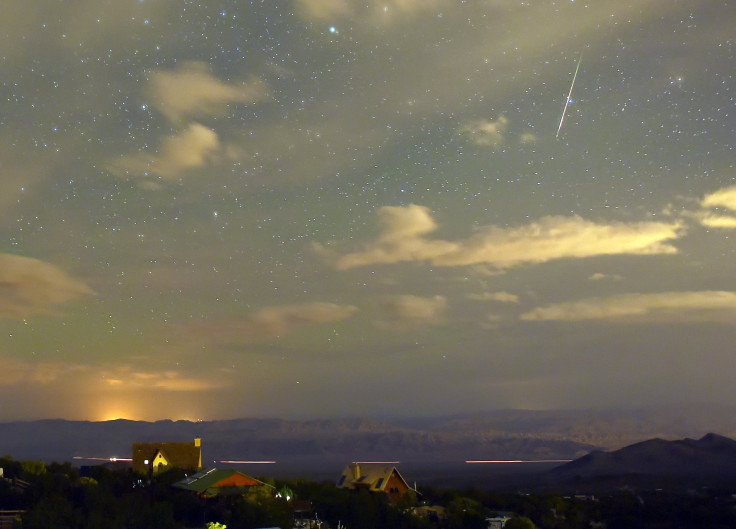Skywatching: Don't Miss The Ursid Meteor Shower Peaking This Week
KEY POINTS
- The Ursids often tend to get ignored because they peak close to Christmas
- They are considered to be a rather "low-key" event
- However, they are also known for "occasional outbursts" when meteor rates jump
The Ursids are peaking this week, and skywatchers may not want to miss the sky event to cap off a year of watching meteor showers.
The Ursid meteor shower has been active since Dec. 13, but it's set to peak this week on the morning of Dec. 22, according to the American Meteor Society (AMS). The Moon will only be 3% full on this evening, so skywatchers wouldn't have to worry about its bright light interfering with the view.
The Ursids are considered to be a rather "low-key" event. Compared to the much-loved Geminids that peaked last week, the Ursids' hourly rates are lower. Further, they also tend to get ignored because they peak so close to Christmas.
But those who will take the time to catch the Ursids could be in for a bit of a treat. Although the expected rates for the Ursids typically see just about five to 10 meteors per hour on the date of the peak if the skies are dark, the Ursids have been known to produce "occasional outbursts" wherein the rates jump to 25 per hour.
"In rare instances, bursts of 100 or more meteors per hour have been observed at times," EarthSky noted. "Those Ursid bursts keep Northern Hemisphere meteor-watchers interested in this shower, despite their peak in the cold of winter."
Such an outburst happened in 1945 and 1986, while a burst of 30 meteors per hour was observed in 1973.
Even if a surprise outburst doesn't occur, however, the dark conditions on the evening of the peak make for the perfect opportunity to watch the skies. Some may even catch meteoric activity from events as well.
For instance, even if the Geminid meteor shower's peak has passed, some skywatchers may still catch a Geminid meteor or two, as it is still active until the 24th.
The Ursids are only visible from the Northern Hemisphere. Those who will watch for them might want to squeeze in a bit of a power nap in the evening, as the meteor shower is best seen in the pre-dawn hours, particularly "during the last hour before dawn," the AMS noted. This is the time when the radiant is highest in the northern sky.
As always, skywatchers should find a dark spot with clear views of the sky. They should wear clothes that are appropriate for the weather and bring an extra blanket just in case it gets colder. One should also bring a lounge chair or a sleeping bag to lie down on while watching the sky. Finally, they should give their eyes ample time to adjust to the darkness.

© Copyright IBTimes 2024. All rights reserved.






















